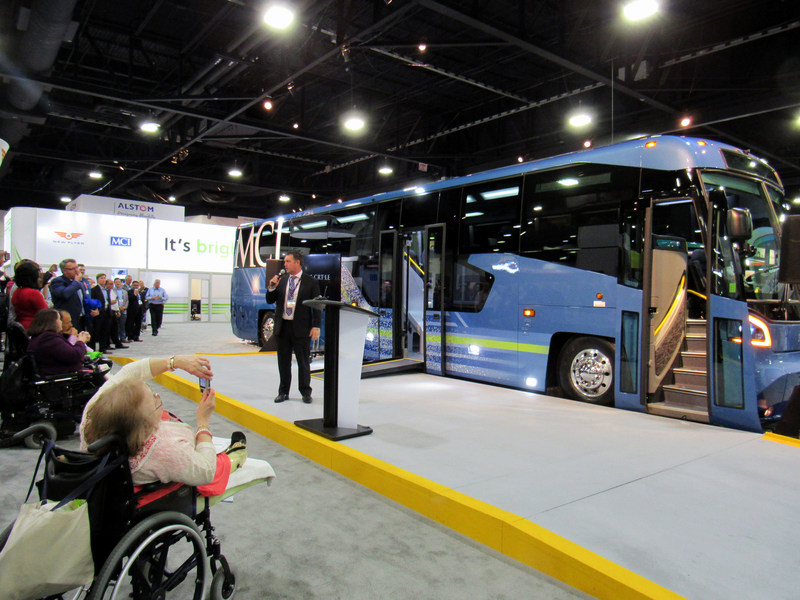The $400 subsidy keeps getting repeated and the only source I can find for that is the government press release justifying it's shutdown. I'm never one to believe government fiscal gymnastics but, since I can't counter it I'll have to accept it. It was around that same time (you know, when the government 'saved' ONTC by only selling Ontera, for $6million, when it was valued at about $62million) that the government mandated full cost recovery for bus service, forcing the ONTC to cut back rather than 'enhance' bus service to replace the train. So forgive me if I believe two squats what this or any other government says about northern transportation issues.
The point at which an operating subsidy becomes 'too rich' might be a good philosophical exercise. Perhaps then clear boundaries could drawn and shut down all low performing services, perhaps like the Sheppard subway, UPX and maybe some of those evening GO buses I see with about 4 people on them.
The accessible bus posted in #123 looks interesting. I wonder what the pax capacity is, given the need for wider aisle and larger washroom, as well as the luggage capacity. One problem I have with highway coach seating is that you are sardined in and staring at the back of the seat in front of you like a typical modern commercial airliner. I much prefer the larger windows and option of facing seating available on a train.
The point about bus washrooms is valid. Anybody who has ever used one - or even sat in a seat near one - knows what hell must be like. Yes, trains do rock, but they don't bounce and jostle like a bus on Ontario roads, and better rolling stock would probably help that. When you can sleep and take a shower on the Via Canadian, you know things are possible. With better scheduling, services and rolling stock, the Northlander could be a more viable service. Subsidy free? No. Competitive, very likely.





